A Velocity Dually Wheelset is a great option for those in search of a summer wheelset for their fat bike. Double walled construction and wide rim profile gives you a stiff, durable rim and a nice tire profile. Rims are tubeless ready and include rim tape and valves.
- Rims designed for a 2.5 - 3 inch wide tire
- Rim width 39mm internal and 45mm external
- Double walled construction
- The weight of the 27.5 "set is 4.89lbs with Borealis Hubs
- Includes rim tape and tubeless valves installed
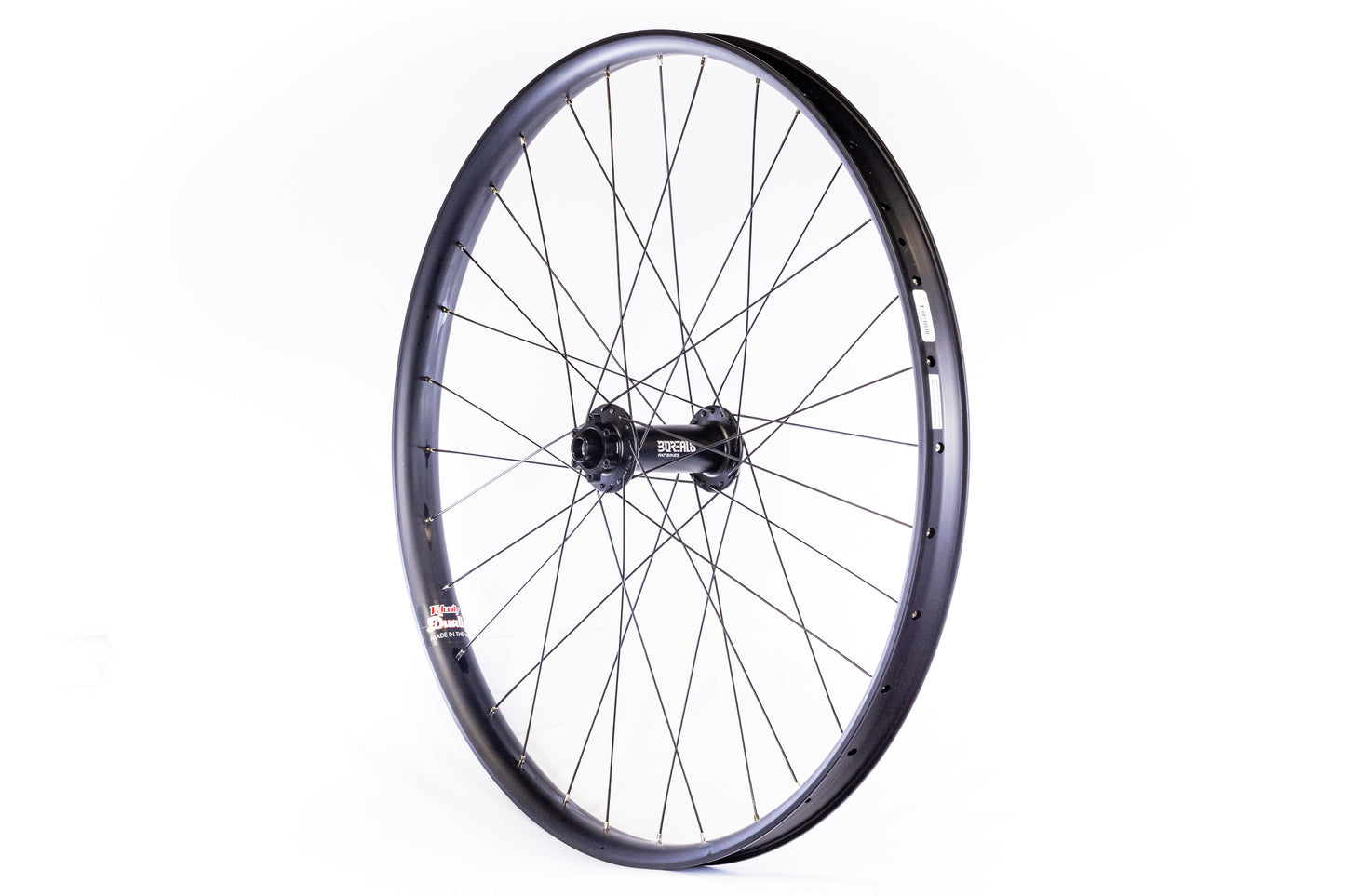
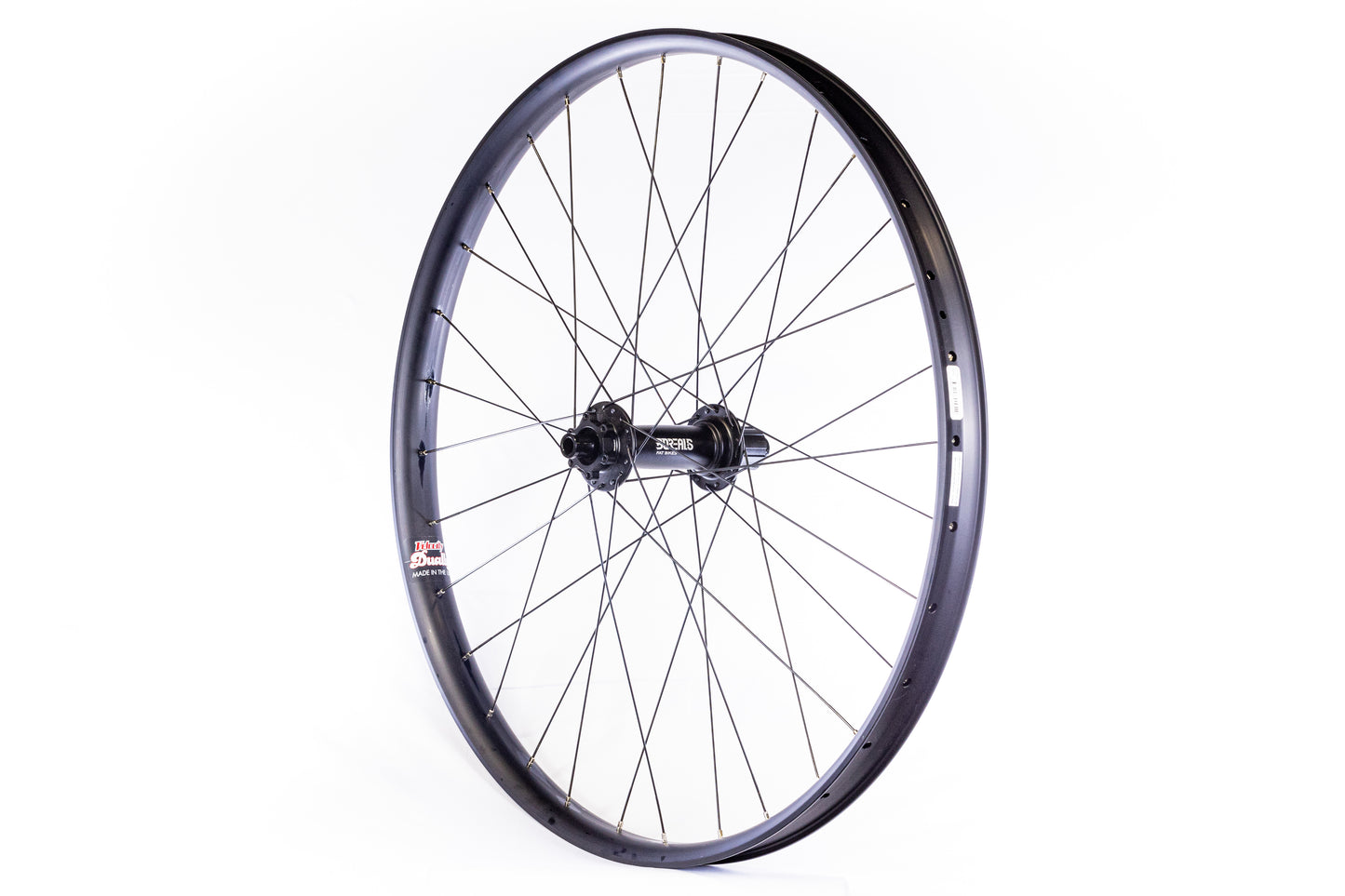
You May also Like
-
$2,039.00
-
$2,719.00
-
$2,039.00

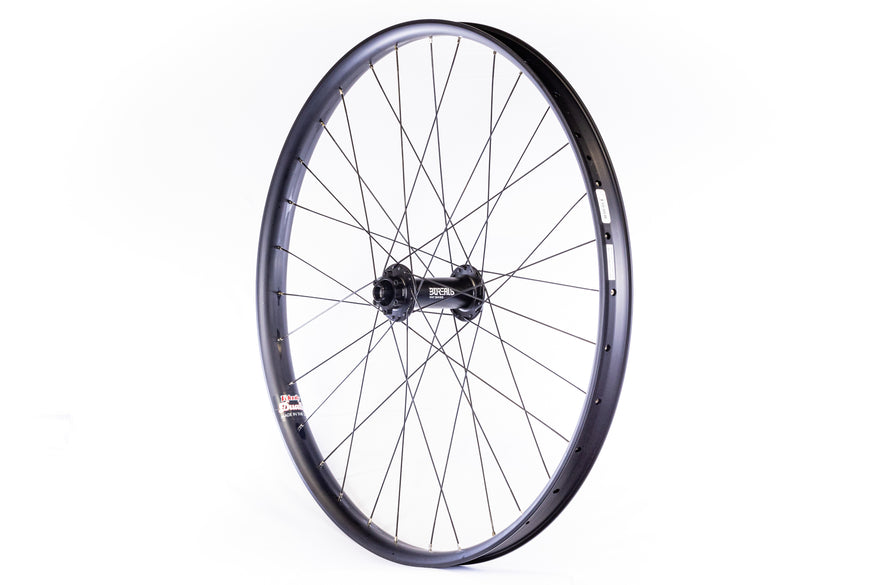
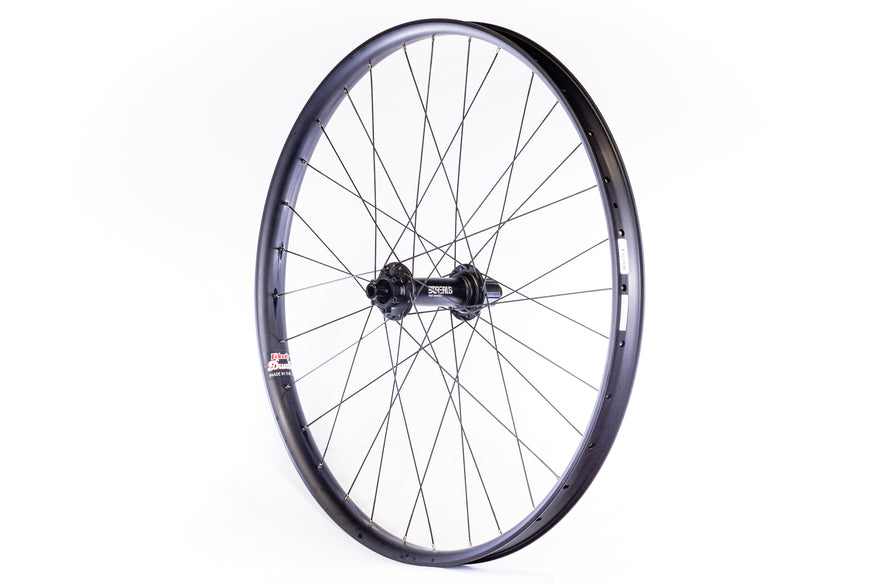
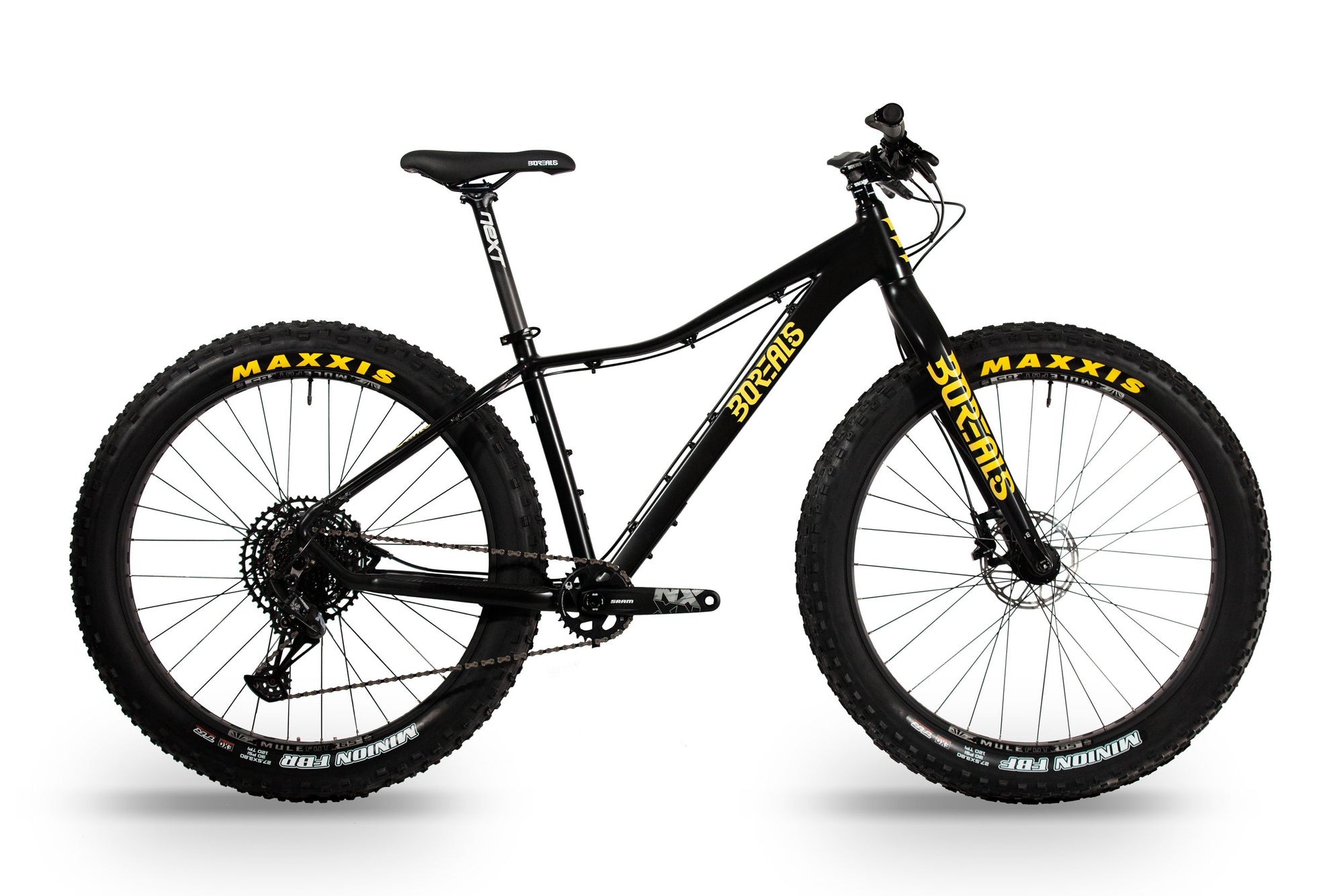
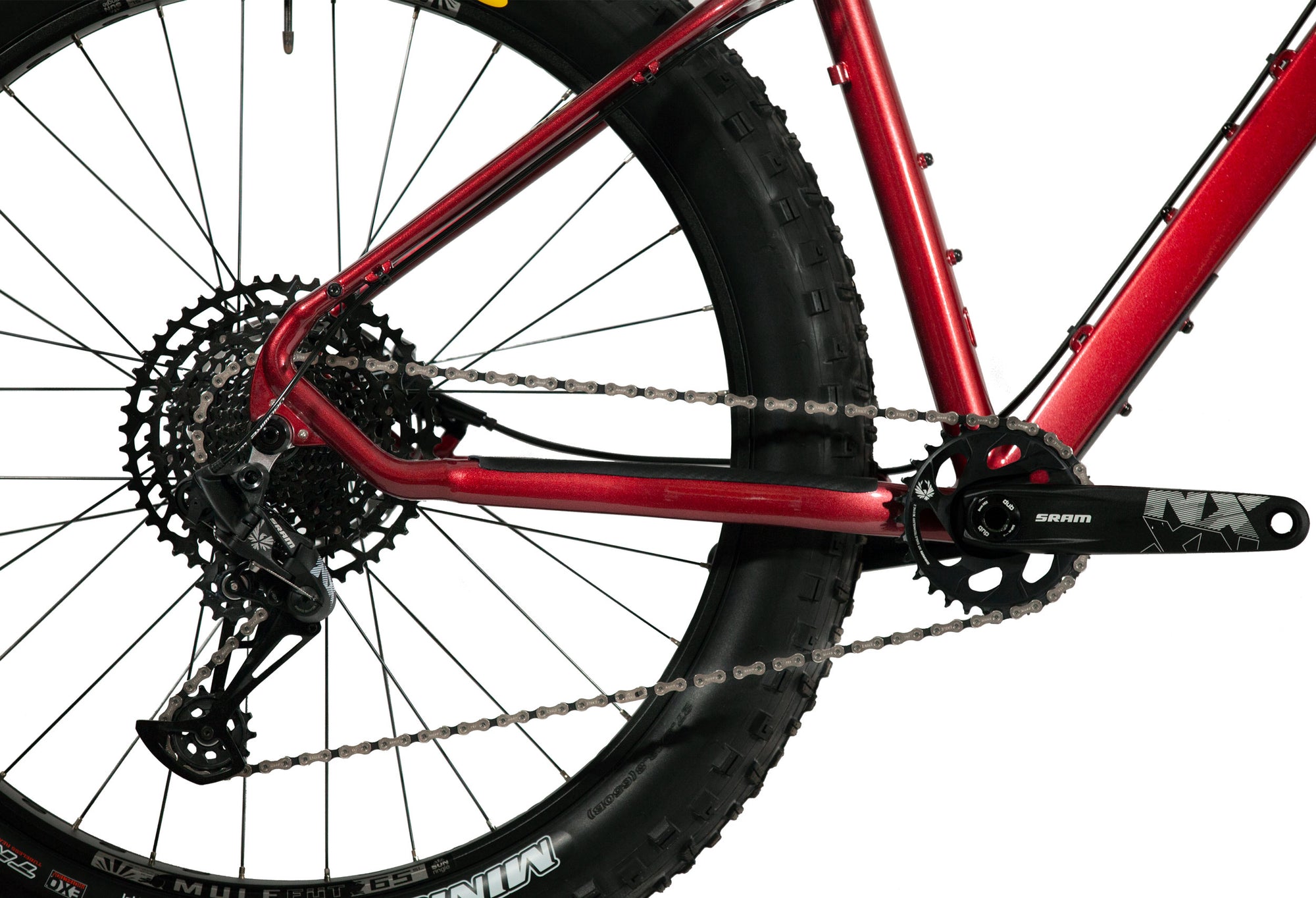
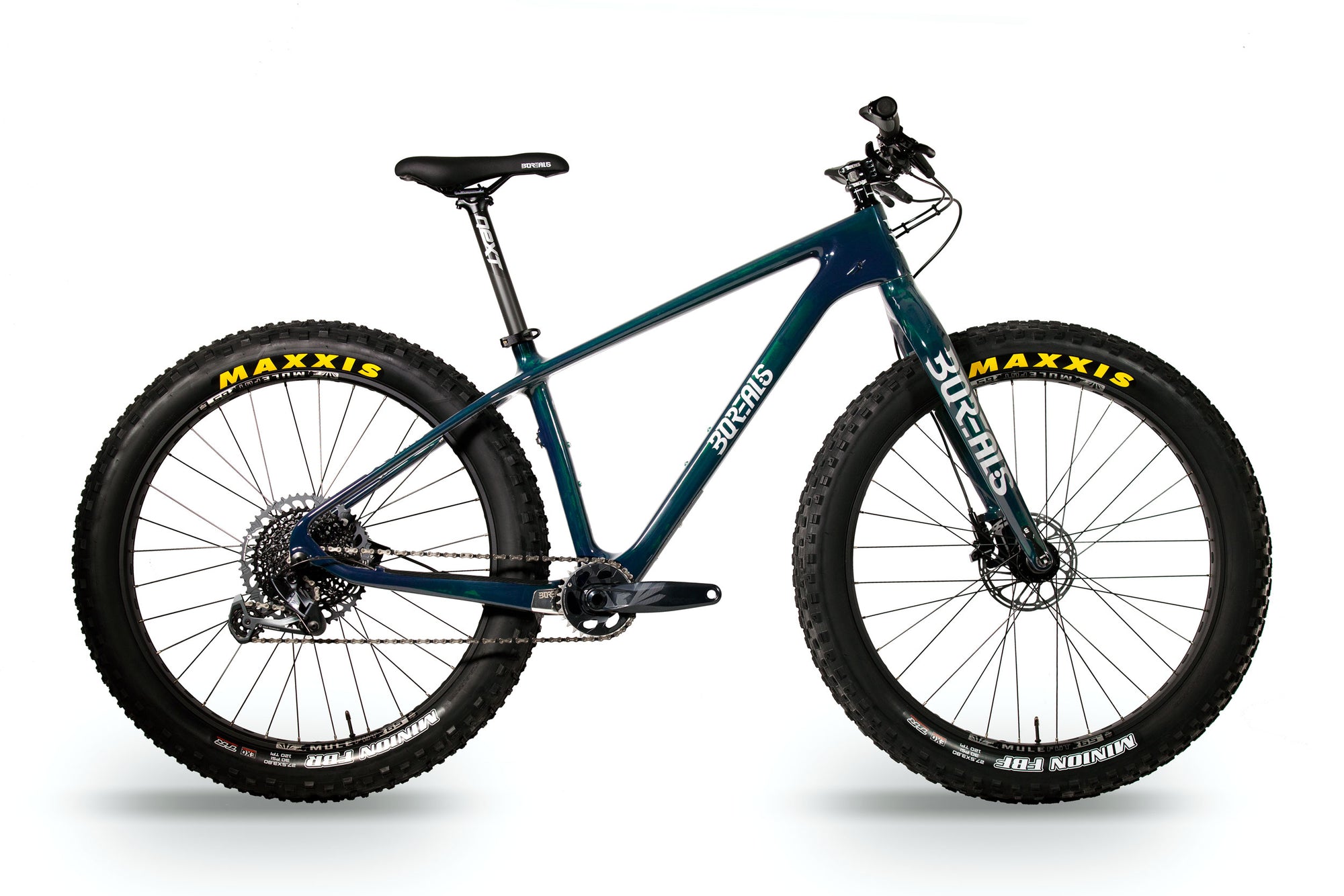
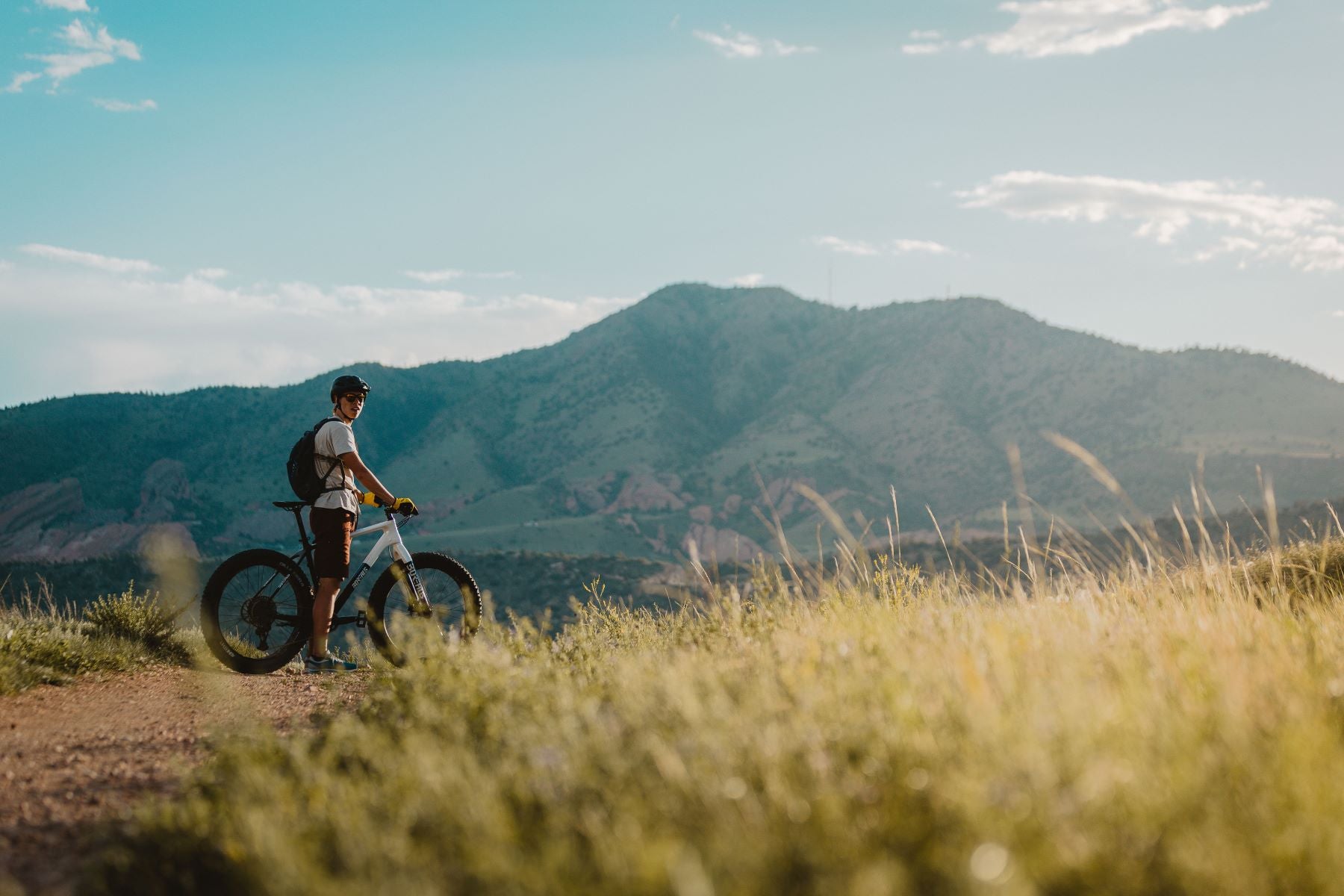
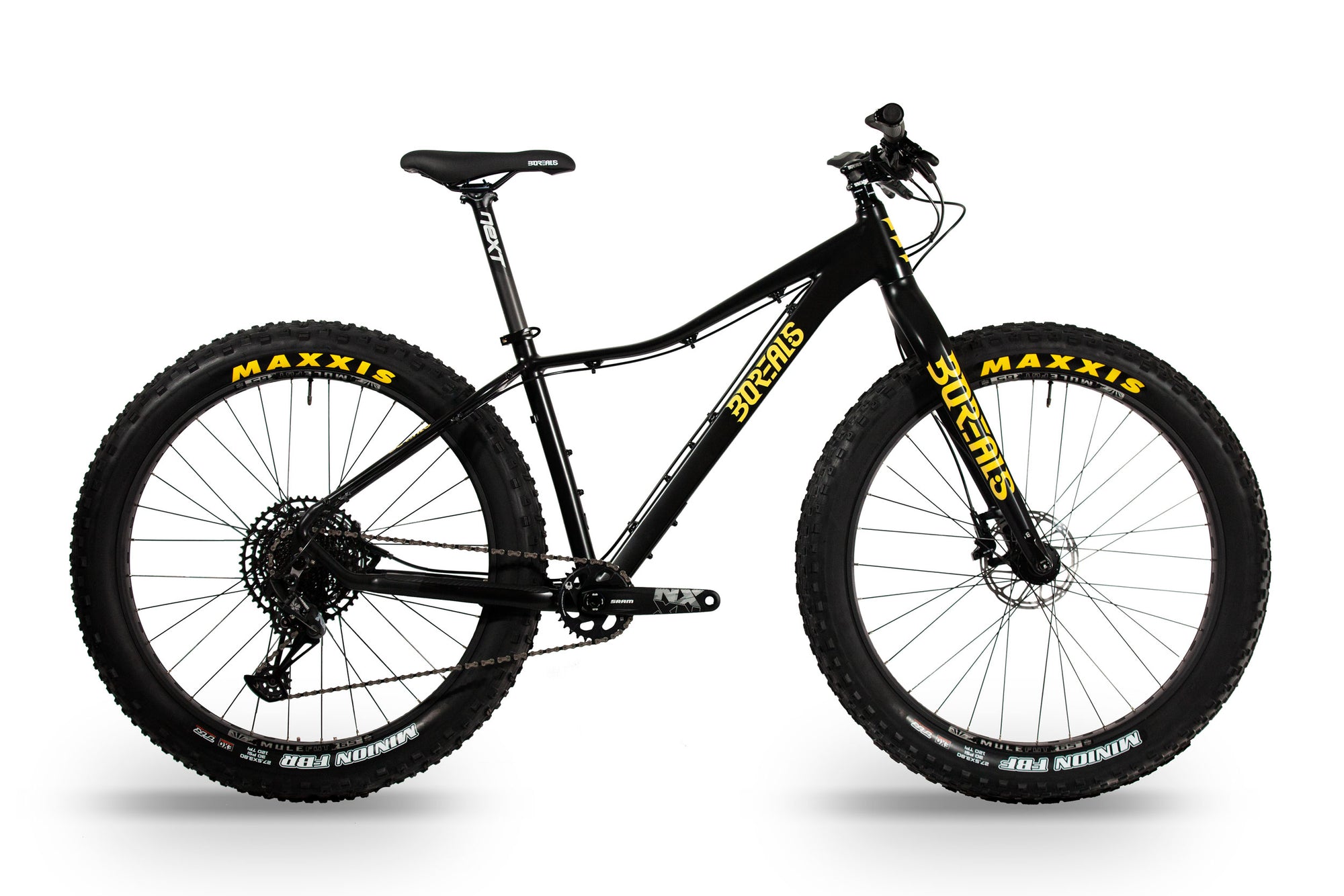

Customer Reviews
These might not be able to handle the rigors of bikepacking and/or rough terrain, especially the rear wheelset on a wide (fat) hub. I bought them to adapt a Kona fat bike to 27.5 x 3” tires to bikepack the Iceland Divide. It’s about 350 miles across the Iceland highlands. ( https://bikepacking.com/routes/iceland-divide/) . Granted, it’s not an easy trip, but the total weight of bike and gear was probably about 120-140 kg. Prior to Iceland, I tested the set up with two multiday trips in Oregon, the Central Oregon Backcountry Explorer, and the Anaxshat Passage – each about 120-200 miles on gravel, carrying about 4 days of gear and food. They did great on those shakedown rides.
The first two spokes broke on Day-2 in Iceland, on a basic gravel road, after having about 400 miles total on the rear wheel. I managed to taxi back to Akureyri and get those fixed. After about 7 more days riding two more spokes broke (after going over lava, sand, wind, rain, thousands of feet elevation, etc). That would be about 650 miles into the total wheel mileage. I finished the last two days hoping I wouldn’t break more.
In total, it broke three on the non drive side and one on the drive side over about 400-650 miles of bikepacking.
I think more spokes would have failed except for some changes in terrain and technique. I moved most weight toward the front. The front rim didn't break any spokes. On the big uphills, i pushed the bike, and slowed down in the really bumpy downhills to keep the stress down. The terrain at the beginning of the divide was much rougher than the last half. The southern half was more like typical gravel roads with washboards and embedded rocks (plus about 30+ river crossings)
The rear hub on a fat bike is much wider than the front. The spokes might be stressed between a 45mm rim and a wide hub. The rear hub where the spokes connect is 110mm while the front is 100. I theorize that some spoke flexing caused them to fail. They all failed at the nipple.
I'll look into re-spoking, maybe with stronger spokes. There is a slight wobble in the rear wheel now, but i think a full re-spoke can bring it into alignment. The rim seemed strong, even handling extra mileage, terrain, and weight after losing two more spokes with over a hundred more miles to go. I'm still worried about the nipple alignment with the wider fat bike hub and whether I should every trust them in the backcountry again.
This was a special situation for me, and probably for these wheels -- adapting a 45mm rim to a fat bike so I could run 3" tires in Iceland. The lava, river crossings, deep gravel and sand really needed the fatter tires ( >2.4), but didn’t call for 4" - 5" tires typical of fat bikes. So I adapted my fat bike to narrower rims and tires to do this kind of trip. My wife rode a salsa timberjack with 27.5 x 3". But her hubs were "boost”, not fat. The spokes are not under that “wide angle” stressing like mine seem to be.
A couple photoes show the angle of the spokes and the breakage at the nipple.
Fair price, good quality.
Picked up two sets of these and both sets were built fast and already prepped for tubeless tires (w/valves and taped). Tires seated easily and wheels have been perfect so far. Customer service was top notch as well. Highly recommended.
I bought the 29er version. They're everything a great wheelset should be - strong, stiff, true, and quiet. And my tubeless tires mounted fine with no leaks. The Borealis hubs are great too! Quiet and smooth. Thanks!
Everything is great